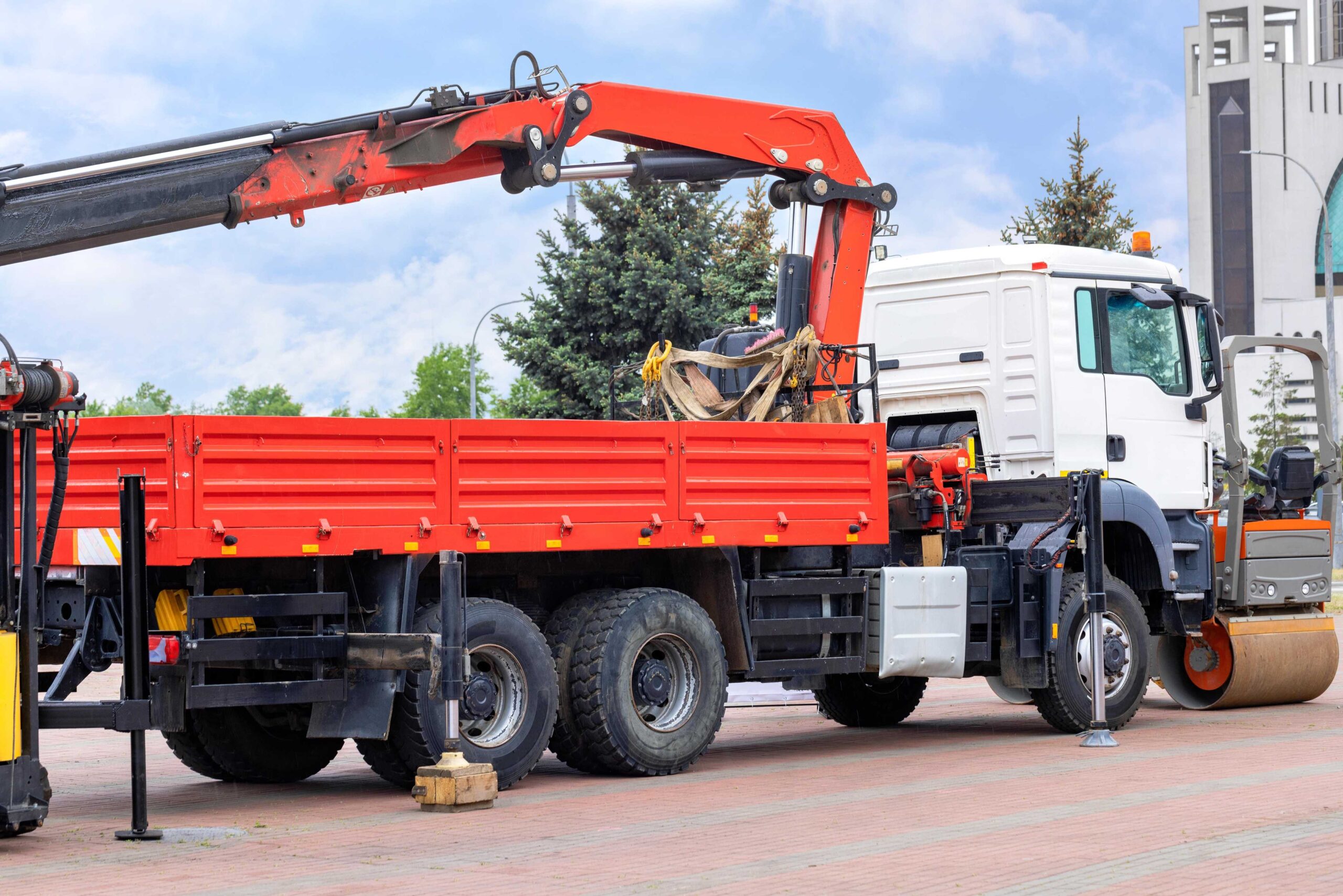
Boom Truck Safety
Course Overview
This online boom truck safety course equips you with the knowledge to inspect, maintain and operate boom trucks in addition to correctly interpreting load charts.
This course was designed to comply with CSA Standard Z150-1998.
Course Topics
- Hydraulic boom truck components
- Types of inspections
- Pre-lift hazard assessments
- Crane owner, operator, and supervisor responsibilities
- Load chart components
- Net capacity and total load calculations
- Safe operating practices
- Outrigger usage
- Standard crane hand signals
Online Assessment
Students answer questions on the course material and are required to obtain a minimum passing mark of 80%. The student will have two additional opportunities to pass if required.
Completion Certificate
Following successful completion of this boom truck operator training, the student will have the opportunity to download and print a certificate of completion.
Bulk Purchases
To order multiple copies of this course for employees, please do give us a call directly at the number on the bottom of the page.
Frequently Asked Questions
-
- Overview of the Course: A Boom Truck Safety course is a training program designed to teach operators how to safely handle boom trucks—vehicles with a hydraulic crane or boom attached for lifting materials. It covers critical topics like equipment inspection, load handling, and hazard awareness. The goal? Ensuring operators can do their jobs without risking injury or damage.
- Practical Components: The course is a good introduction to boom truck fundamentals and should be complimented by hands-on training.. You’ll learn about stability principles, rigging techniques, and how to avoid tipping accidents—like the 2019 incident in Dallas where a boom truck collapsed onto a building due to overloading, injuring several workers.
- Regulatory Alignment: It’s often aligned with OSHA standards in the U.S. or similar regulations elsewhere, so you’re not just learning best practices—you’re meeting legal requirements too. Completing it usually means you’re better prepared for certification and real-world challenges.
-
- CDL Requirement: To drive a boom truck on public roads, you typically need a Commercial Driver’s License (CDL), either Class A or B, depending on the truck’s weight and whether it’s towing a trailer. A Class B CDL is often enough for smaller boom trucks, while Class A covers heavier setups exceeding 26,001 pounds GVWR (Gross Vehicle Weight Rating). Please check with your local licensing requirements agency.
- Additional Endorsements: Depending on your location and the truck’s specifics—like if it carries hazardous materials—you might need extra endorsements on your CDL. For example, in some states, an “H” endorsement is required for hazmat transport.
- Operator Certification: Beyond the CDL, operating the boom itself often requires a separate certification, like the NCCCO (National Commission for the Certification of Crane Operators) credential. This isn’t a license to drive but proof you’re trained to safely operate the crane. Some employers might also ask for proof of completing a safety course like Boom Truck Safety before you touch the controls.
-
- Preventing Accidents: Boom trucks can be dangerous if mishandled—specifically overturned trucks or dropped loads. Training teaches you how to spot risks, like uneven ground or overloading, which caused a fatal 2022 accident in Florida when a boom truck tipped over during a lift, killing the operator.
- Protecting Lives and Property: It’s not just about your safety but also your coworkers’ and the public’s. Proper training reduces the chance of smashing into power lines or buildings, keeping everyone out of harm’s way and avoiding costly damages.
- Legal and Job Benefits: Employers want trained operators to stay compliant with OSHA rules and avoid fines.
-
- Duration: Our online Boom Truck Safety courses last about 2 to 3 hours depending on your pace covering theory and quizzes. But that’s just the start; you’ll also need a practical session, which varies by employer or trainer.
- Hands-On Variability: The practical part, where you actually operate the truck under supervision, might take a few hours to a full day, depending on your experience and the complexity of the equipment. Newbies might need more time to get comfortable with controls and rigging.
- Refresher Timing: If you’re recertifying (often every three years), it could be shorter—maybe an hour or two—since you’re brushing up, not starting from scratch. Your pace matters too; some folks breeze through the online stuff faster than others.
-
- Tipping and Stability Issues: One big hazard is the truck tipping over due to uneven terrain or exceeding the load capacity. The course teaches you how to check ground conditions and use outriggers properly to keep things steady.
- Electrocution Risks: Contact with power lines is a killer—literally. You’ll learn to spot overhead hazards and maintain safe distances, avoiding tragedies like the 2020 incident where a boom truck operator in California was electrocuted after the boom hit a live wire.
- Load Mishandling: Dropping a load because of bad rigging or operator error is another focus. Training drills into you the importance of inspecting slings, calculating weights, and communicating with spotters to stay safe.
RELATED COURSES
Rigging and Slinging (Adv)
This online Rigging and Slinging Safety course is organized into 5 modules. It covers techniques...
Forklift Training Counterbalanced
This comprehensive course covers all the essential topics operators will need to avoid accidents, injuries...
Basic Rigging Principles
Learn fundamentals of safe lifting using cranes and slings. This course teaches equipment selection, inspection,...









